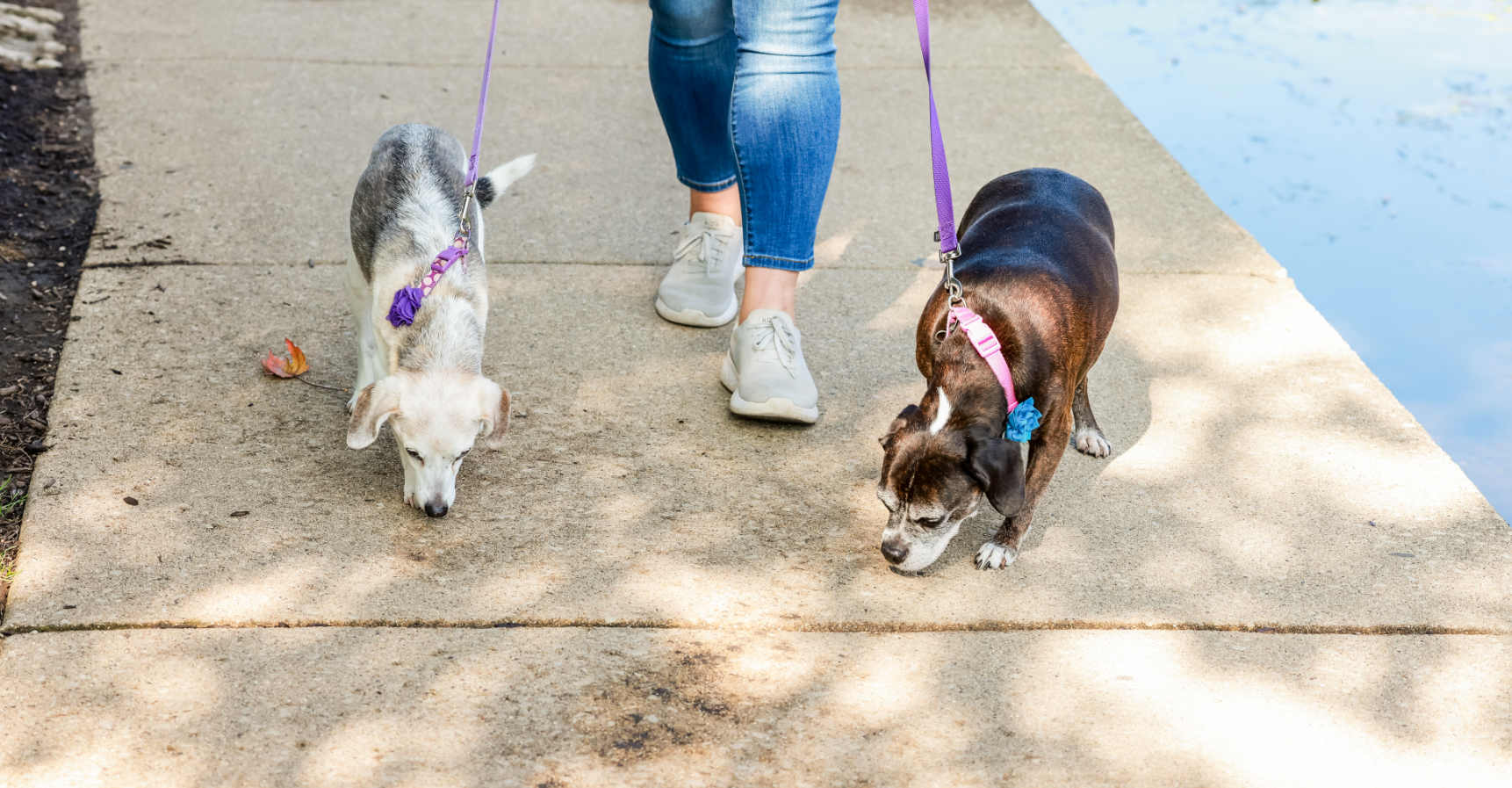
Blog
Asking For A Fur-Friend
When Should You Spay or Neuter Your Dog
In the United States it is common practice to spay and neuter our dogs who are not meant for breeding. Based on the National Pet Owners survey in 2020 78% of dog-owning households have spayed or neutered their dog. Spaying and neutering has become a routine practice due to veterinarians and the animal shelter community working together to reduce the number of unwanted pets who would be euthanized.
In the United States it is common practice to spay and neuter our dogs who are not meant for breeding. Based on the National Pet Owners survey in 2020 78% of dog-owning households have spayed or neutered their dog. Spaying and neutering has become a routine practice due to veterinarians and the animal shelter community working together to reduce the number of unwanted pets who would be euthanized.
Let’s start with the basics. Typically, the spay and neuter take place when the pets are a young age, usually around 6 months. However, as we learn more about our pets and have a larger awareness of their health and safety, this young age may not be the best time for your dog. We know more now about the correlation of our pets sex horomones and their health. Research done at the University of California - Davis, reveals that for some dog breeds, spaying and neutering can cause an increased risk in certain health conditions.
What we do know is that different dog breeds and different sized dogs mature at different ages, so for some an early spay or neuter may not be bad. The wide margin of when each breed matures varies. Toy breed dogs can mature as early as 6 to 9 months while large or giant breeds may mature as late as 16-18 months. So, the large and giant breeds had a higher possibility of risk to future health conditions due to early spaying and neutering.
Like many things, spaying and neutering can have its benefits and its risks. Another reason veterinarians can settle on an early age for this procedure is that if a pet is not going to be bred, spaying a female dog before her first heat cycle has significant benefits in reducing mammary cancers and other cancers of the reproductive organs. For male dogs, the removal of testosterone can have effects on the dog that are decreased or eliminated. Behaviorally, neutered dogs can be less aggressive, less likely to roam in their never ending search for a mate and reduction of humping behavior. Recent studies have linked early spay and neuter to some health risks if done before sexual maturity. However, the two most common ones are urinary incontinence and obesity. No one is quite sure why obesity is seen more in spayed females, however, both these conditions are treatable.
There is no exact time to spay and neuter your dog as we have to take all the differences between breeds, estimated sizes and individual dogs into account. Your primary veterinarian will be able to help guide you through when a good time to spay and neuter your dog would be. If you have a purebred, your breeder can be a great resource to talk about when the best time to spay and neuter will be as well.


